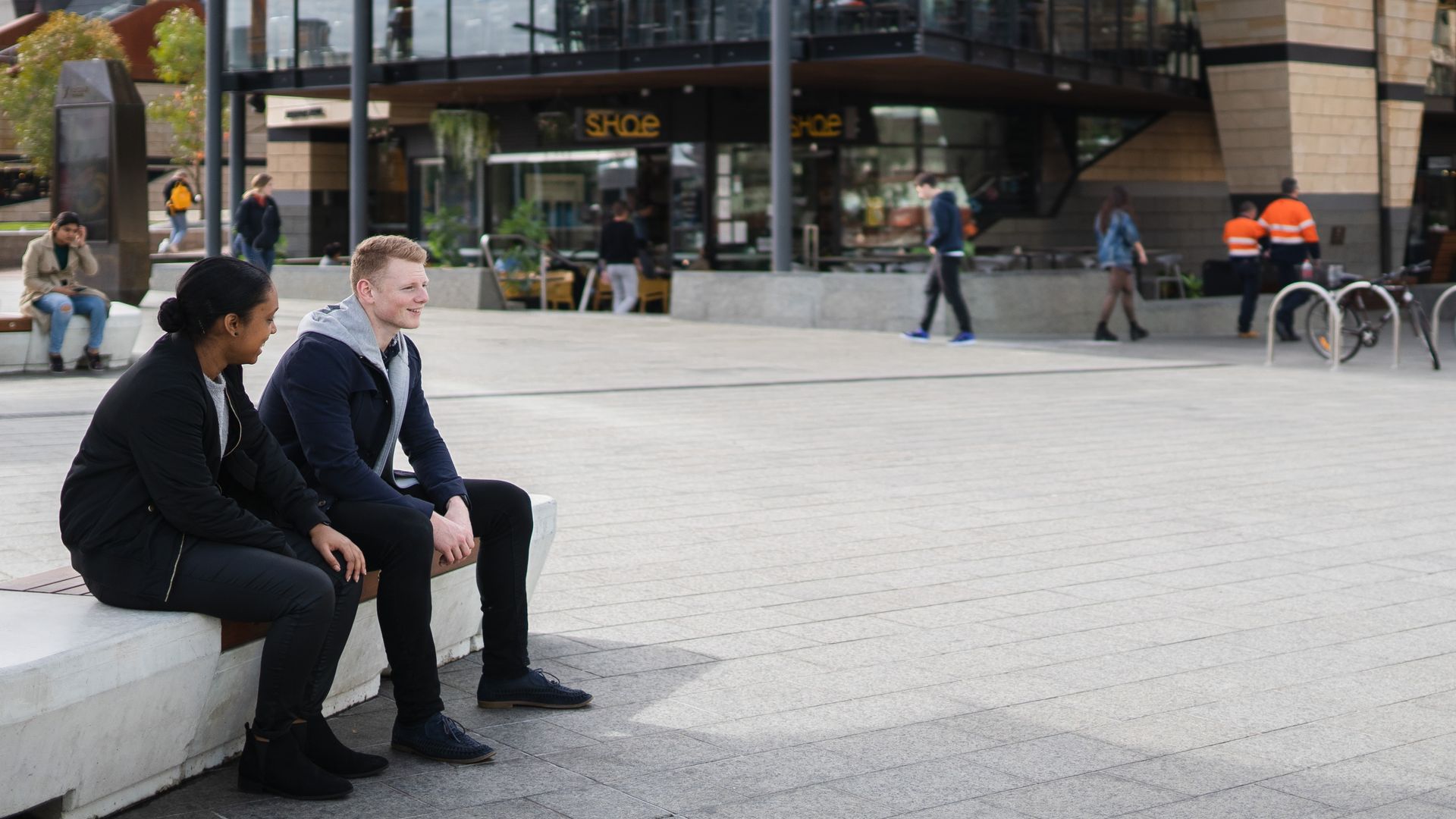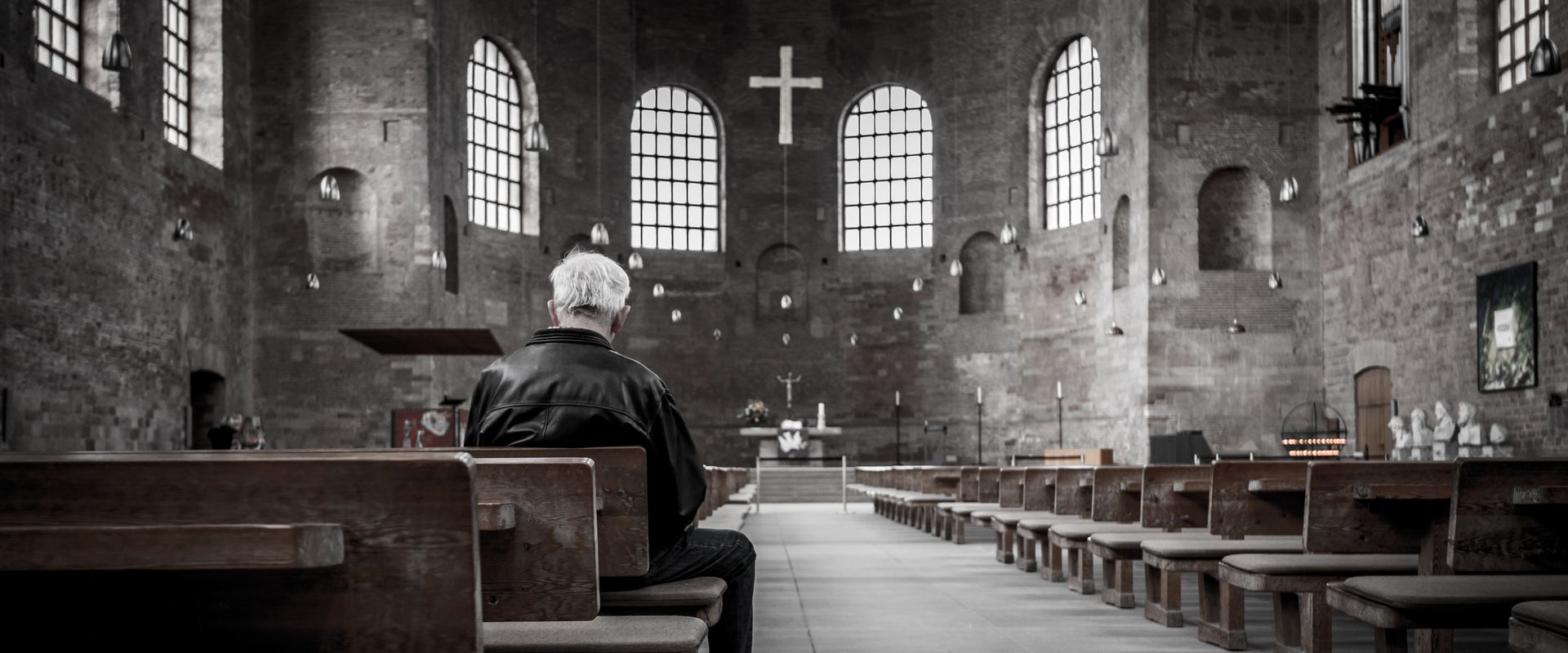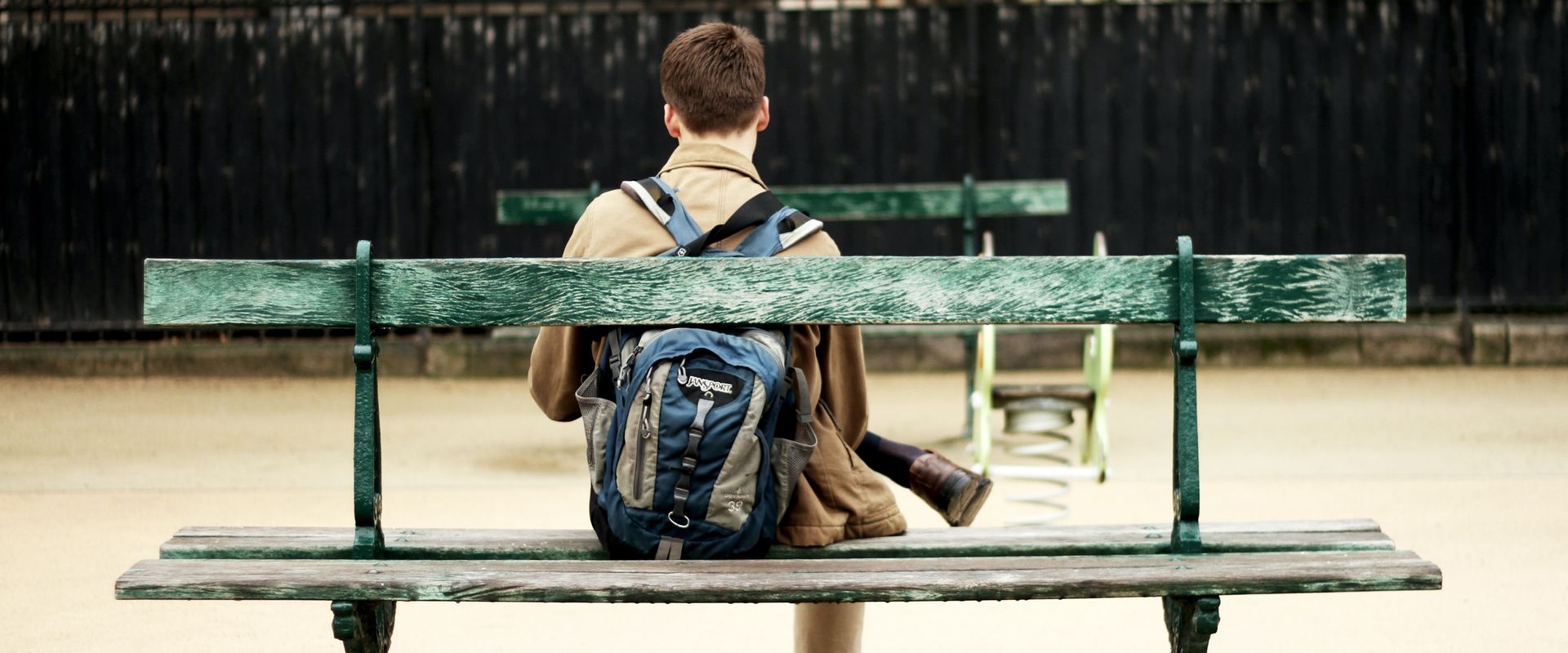The market of college sports is changing at lightning speed. Universities and their boosters have sought innovative ways to navigate the chaotic market and give their schools a competitive edge. Popular college athletes have become millionaires. And with the NCAA largely stripped of its governing authority, Congress and state legislatures have struggled to keep up with the pace of change.
Ever since student athletes have been allowed to sign name, image, and likeness (NIL) deals, the business opportunities available to these athletes have continued to expand. But with no national framework governing the budding industry, the economic landscape seems to be changing by the day. Even more dizzying: The NIL market is influenced by a wide range of institutions, including the legal system, politics, and the dynamics of the free market. It’s still an open question whether the industry will be able to find the uniformity and stability so many involved are longing for.
It is difficult to know where to look to gain a better understanding of the political and economic dynamics of college athletics. In the absence of uniform, nationwide regulations, will the free market be allowed to operate unconstrained? Is it up to the legal system to fill in the gaps? Will lawmakers in Congress step up and pass a national law on NIL in college sports, or will they cede the policymaking ground to state legislatures?
Another Blow to the NCAA
Remember where we began: The Supreme Court’s declaration in the case NCAA v. Alston decided that the NCAA could not continue to prohibit its athletes from entering into endorsement contracts with third parties. And legal cases have continued to rule against the NCAA’s ability to limit the financial opportunities available to college athletes.
The most recent development is a massive class action settlement between the NCAA and its major conferences. The settlement includes over $2.75 million in damages due to college athletes. Just as notable, it includes an agreement allowing colleges to enter into revenue-sharing agreements with their athletes, allowing athletes to be paid by the universities they attend for the first time. Hagens Berman, one of the firms involved in the case, reports that the new revenue-sharing rules may lead to more than $20 billion of new compensation available to college athletes over a 10-year period.
The settlement takes college athletes yet another step away from the amateur status that has so long been the foundation of college sports. But Charlie Baker, who took over as NCAA President in March 2023, struck a positive tone about the settlement when he spoke with NPR, and he doesn’t see the agreement as the end of amateurism in college athletics.
“There’s still going to be a lot of young people who are going to be playing college sports in schools and on campuses and learning all the lessons you learn from playing college sports,” Baker said in the NPR interview. “And some will be doing it with athletic scholarships. Some will only be doing it for the love of the game.”
It will take time for the policy changes associated with the class action settlement to be implemented across the five major conferences it covers. But what is clear is that the legal system has shifted the NIL landscape yet again and created another revenue source for college athletes.
Collectives Run Wild in an Unregulated Market
NIL collectives — organizations that pool money from donors to distribute to college athletes through NIL deals — have proliferated since the beginning of 2021. According to NIL Newsstand, a website that keeps a database of NIL collectives, there are currently at least 455 collectives, and many schools have more than one collective supporting their athletes.
Because of the novelty of the model, collectives have been operating without many restrictions. Some collectives have even begun putting together packages that compensate every player on a specific team. There have been reports of team-wide deals funded by collectives offered to the Texas Tech and Oklahoma football teams.
And while these collectives raise and spend massive amounts of money in a race to help the schools they are associated with climb in the rankings, prominent student-athletes are reaping the financial benefits. On3, a college sports website that tracks the estimated annual value of top college athletes, gives every athlete in their top 100 a valuation of more than half a million dollars per year (as of July 2024).
The amounts of money some athletes are making have led to some astonishing stories. For example, University of Georgia quarterback Carsen Beck, number eight on the NIL 100, purchased a $300,000 Lamborghini. Livvy Dunne, the LSU gymnast with an enormous social media following (and currently second on the NIL 100), has inked deals with a growing list of companies, including a reported multimillion dollar deal with content creation platform Passes, as well as collaborations with several apparel companies.
Congress Stays on the Sidelines. State Governments Play the Game
When I wrote about NIL in college sports for Common Good last year, several bills to regulate the NIL market had been introduced in Congress, but none of them were close to becoming law. In 2024, the story is much the same — Congress still has not acted.
Many key players in college athletics are fearful that Congress’ unwillingness to create a national standard for NIL is causing irreparable harm to the college sports landscape. “Congressional action is then the only way to provide a national uniform standard for name, image, and likeness activity and to draw the lines around the boundaries that do not become simply pay for play,” said Greg Sankey, commissioner of the powerful Southeastern Conference. His recent statement is eerily similar to comments he made last year, highlighting just how little movement there has been on the issue in Congress over the past year.
However, while Congress is yet to make significant progress on passing legislation, they have continued to hold hearings and consider proposals on the topic. In January 2024, a congressional subcommittee held a hearing, “NIL Playbook: Proposal to Protect Student Athletes’ Dealmaking Rights.” The goal of the hearing was to explore ways of creating more certainty and uniformity in the NIL market.
“The current patchwork of state laws is confusing for athletes, schools, and conferences alike,” said Cathy McMorris Rodgers, chair of the House Energy and Commerce Committee, during the hearing. “It is unreasonable to expect student athletes to balance their studies while navigating a maze of complex and conflicting laws.”
Still, Congress has yet to act, and while Congress deliberates, state governments continue to legislate on the issue.
In April of this year, Virginia passed a law that brings schools in the state closer to the “pay-for-play” model Sankey fears. The new law further breaks down the barrier between universities and the nonprofits or businesses looking to secure NIL deals with their athletes by allowing colleges in the state to facilitate these deals. This allows boosters and collectives to communicate directly with the schools they support.
Carla Williams, the athletic director at the University of Virginia, framed the new law as a way for Virginia to set an example for what could be a national standard. “If this law gets us closer to a federal or a national solution for college athletics then it will be more than worthwhile,” she said to ESPN. But in the absence of uniform NIL laws, Williams was also quick to admit that she wants the state’s rules to benefit her university and their ability to recruit top athletes. “Until then, we have an obligation to ensure we maintain an elite athletics program at UVA,” she added.
The Virginia law went into effect on July 1 of this year. Now the focus moves to watching how the law impacts college sports in the state and whether other states will follow Virginia’s example.





